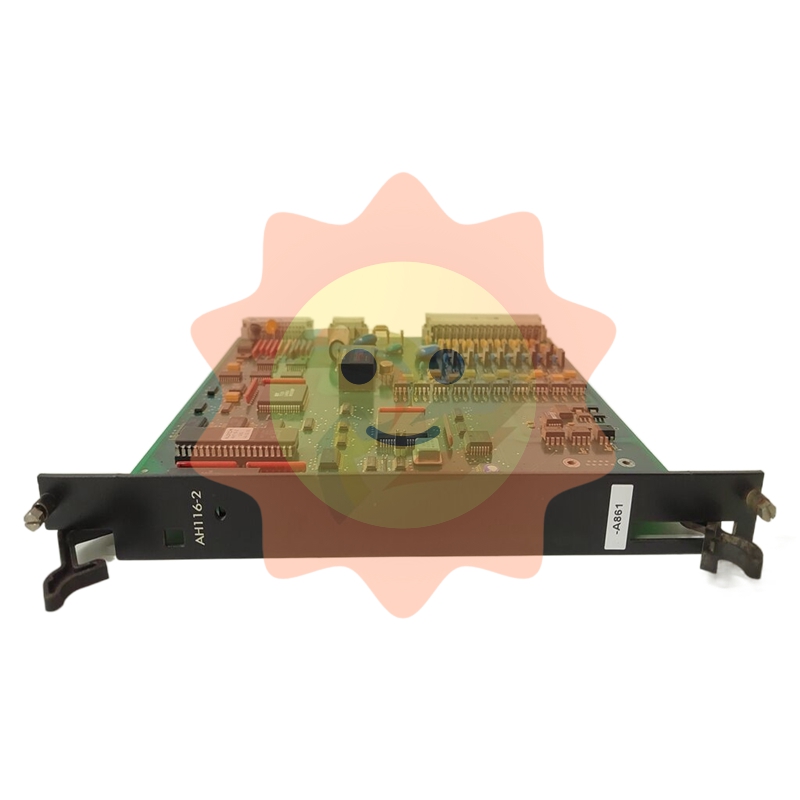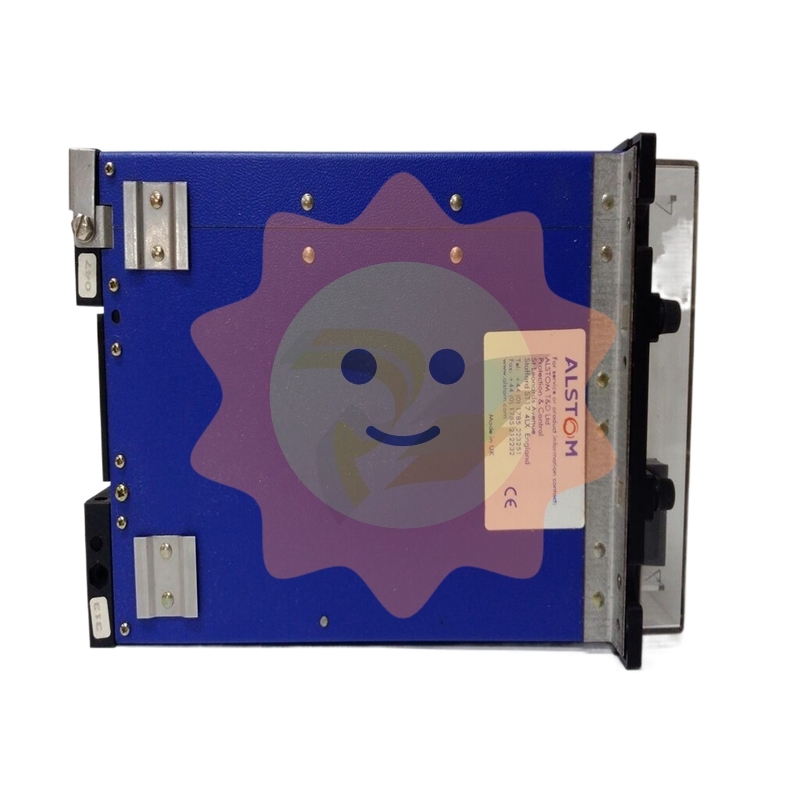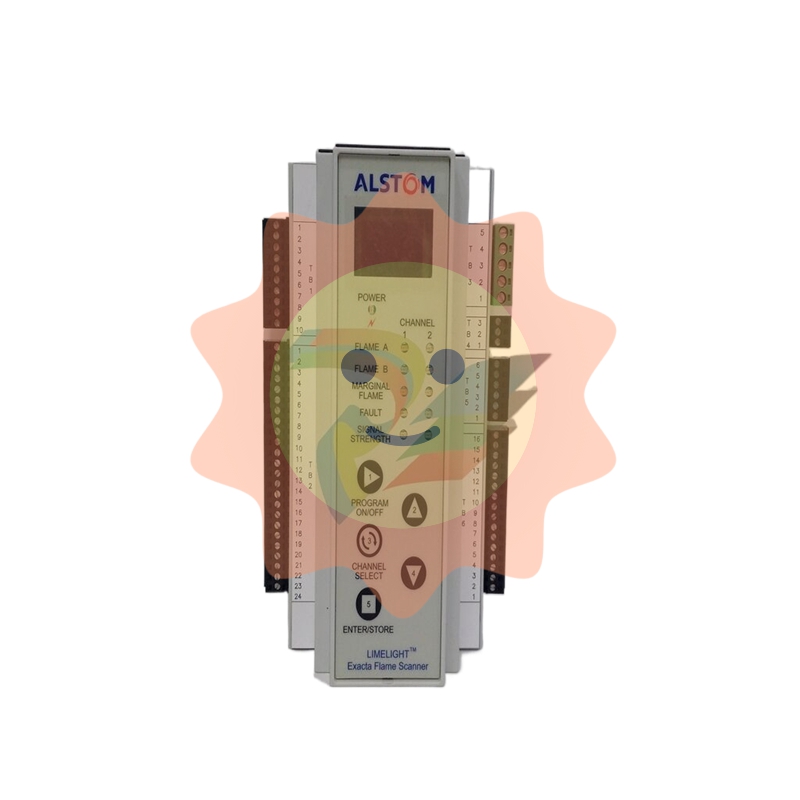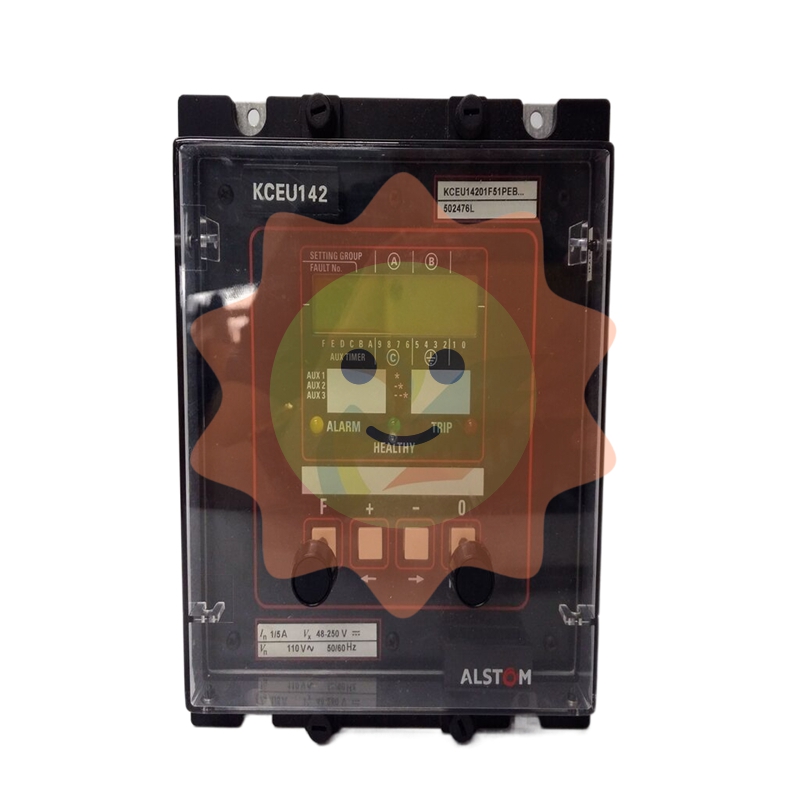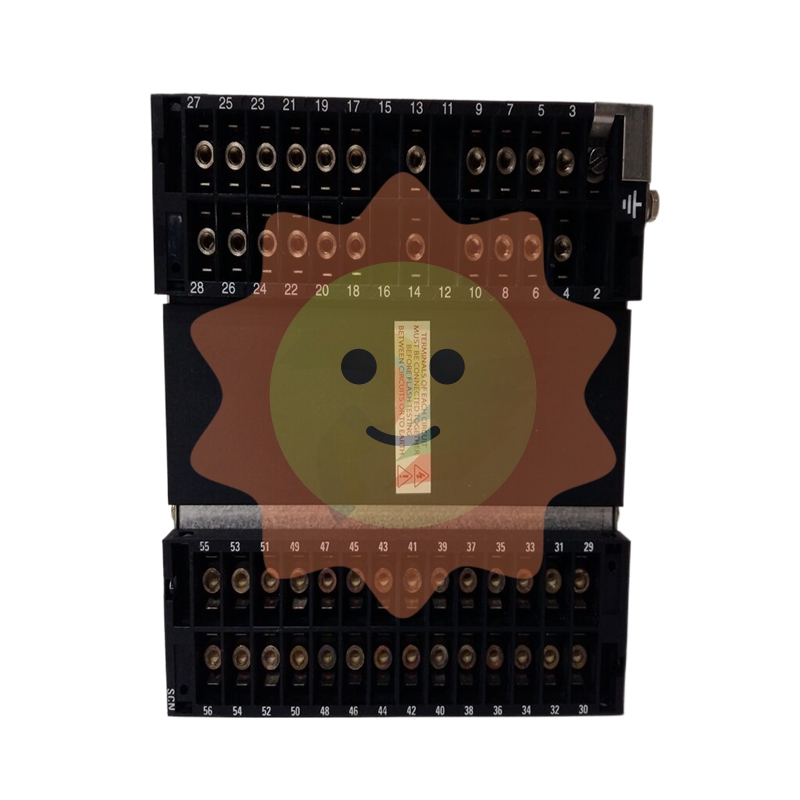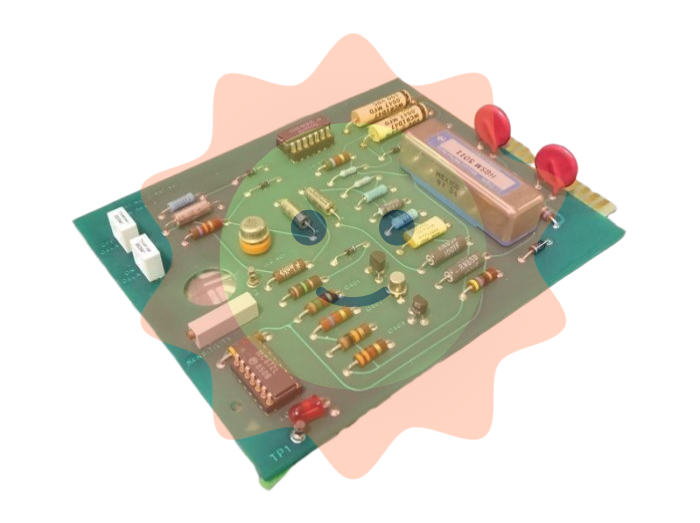New energy vehicles put forward new requirements for tires, and domestic tire companies ushered in overtaking opportunities
Enterprise production and sales decline, tire product income level affected. Since the beginning of this year, tire companies such as Linglong tires, Cylun tires and General Motors share production and sales have declined, of which Linglong tires in the first quarter of 16.72 million tires, down about 5.99%; Cylun tire production in the first quarter of 11.16 million tires, down about 4.9%; Gm produced 2.15 million tires in the first quarter, down about 4.4% from a year earlier. In terms of revenue, Linglong Tire's tire product revenue in the first quarter was 4.3 billion yuan, down 12.2% year-on-year; Tyre product revenue in the first quarter was 4.408 billion yuan, up 18.0% year-on-year; Gm's first-quarter tire product revenue was 1.109 billion yuan, up 6.5% from a year earlier.
Under the external impact, the gross profit margin of the head tire enterprises declined, and it has recovered since 2022, and the gross profit margin of the head tire enterprises has rebounded in the first quarter. From Q4 in 2021 to Q1 in 2022, Linglong Tire's gross profit margin increased from -3.54% to 11.03% in 2022Q1, an increase of 14.57%; The gross profit margin of racing tires increased from 15.09% to 17.03%, an increase of 1.94 percentage points; Mori Kirin's gross profit margin rose from 18.90% to 22.53%, up 3.63 percentage points.

3.3 Rising prices of raw materials such as rubber increase production costs
As one of the four major industrial raw materials, natural rubber is also a major commodity, and its price is affected by supply and demand and the financial market. Since China's accession to the WTO in 2001, the price of natural rubber has roughly experienced five rounds of rising cycles:
In 2002-2003, China joined the WTO, automobile production and sales increased significantly, rubber supply exceeded supply, and the price began to rise, from about 6,800 yuan/ton to about 16,000 yuan/ton.
2005-2008, due to downstream demand, natural rubber planting area expanded, but rubber trees mature 6-9 years, supply and demand is still unbalanced, natural rubber prices continued to rise, from about 12,000 yuan/ton to about 27,000 yuan/ton.
From 2009 to 2011, China's economic policies led to real estate and infrastructure construction, boosted transportation demand, and stimulated tire production, resulting in a rise in natural rubber prices, from about 900 yuan/ton to about 43,000 yuan/ton.
In 2015, commodities fell under the pessimistic expectations of the economy, and began to rebound in the second half of 2016, and the price of natural rubber also rose from about 10,000 yuan/ton to about 22,000 yuan/ton. This year, many other factors have also led to the rapid rise in the price of natural rubber, such as the growth of heavy truck sales brought about by the New Deal, the replenization of inventory under the expected price rise brought by the reversal of the chemical cycle, tire companies in the background of the double reverse investigation to grab exports, the replacement of synthetic rubber by natural rubber under the background of butadiene to capacity, and the short-term demand for shared bicycles.
2020-2021, at the end of 2020, downstream demand has recovered after the epidemic, sales of trucks and buses have increased, and rubber prices have begun to rise under the demand, from the lowest about 9000 yuan/ton to the highest to about 17,000 yuan/ton, which has now fallen.
- EMERSON
- Honeywell
- CTI
- Rolls-Royce
- General Electric
- Woodward
- Yaskawa
- xYCOM
- Motorola
- Siemens
- Rockwell
- ABB
- B&R
- HIMA
- Construction site
- electricity
- Automobile market
- PLC
- DCS
- Motor drivers
- VSD
- Implications
- cement
- CO2
- CEM
- methane
- Artificial intelligence
- Titanic
- Solar energy
- Hydrogen fuel cell
- Hydrogen and fuel cells
- Hydrogen and oxygen fuel cells
- tyre
- Chemical fiber
- dynamo
- corpuscle
- Pulp and paper
- printing
- fossil
- FANUC
- Food and beverage
- Life science
- Sewage treatment
- Personal care
- electricity
- boats
- infrastructure
- Automobile industry
- metallurgy
- Nuclear power generation
- Geothermal power generation
- Water and wastewater
- Infrastructure construction
- Mine hazard
- steel
- papermaking
- Natural gas industry
- Infrastructure construction
- Power and energy
- Rubber and plastic
- Renewable energy
- pharmacy
- mining
- Plastic industry
- Schneider
- Kongsberg
- NI
- Wind energy
- International petroleum
- International new energy network
- gas
- WATLOW
- ProSoft
- SEW
- wind
- ADVANCED
- Reliance
- YOKOGAWA
- TRICONEX
- FOXBORO
- METSO
- MAN
- Advantest
- ADVANCED
- ALSTOM
- Control Wave
- AB
- AMAT
- STUDER
- KONGSBERG
- MOTOROLA
- DANAHER MOTION
- Bentley
- Galil
- EATON
- MOLEX
- Triconex
- DEIF
- B&W
- ZYGO
- Aerotech


email:1583694102@qq.com
wang@kongjiangauto.com












